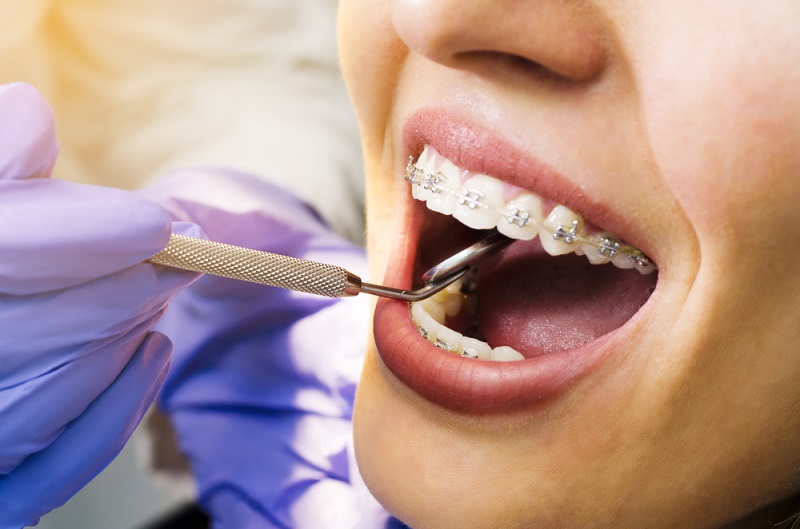You Thought Your Braces Hurt? This Woman's Dental Wire Tore Through Her Gut

Most people who get their braces off are happy to forget about their years of dental "train tracks." But one woman in Australia had her braces come back to haunt her when doctors discovered a piece of dental wire tearing through her abdomen, according to a new report.
The wire had been in her digestive tract for 10 years before she started showing symptoms, the report said.
The woman, who was 30 when the report was written, went to the emergency room after experiencing worsening abdominal pain for two days.
At first, doctors thought the pain might be due to a gallstone, but a computed tomography (CT) scan revealed a wire-shaped object in her small intestine. The woman underwent emergency surgery, and doctors found a 2.8-inch-long (7 centimeters) piece of orthodontic wire in her intestine. The wire had pierced through several parts of her small intestine, which caused the intestine to twist around itself, the report said. [11 Weird Things People Have Swallowed]
The woman said it had been a decade since she had worn braces, and she didn't remember ever swallowing a piece of wire or having a wire go missing, the report said.
The wire was removed, and the woman recovered completely with no further complications.
The report shows that doctors should consider "foreign body ingestion" as a possible cause of abdominal pain if the patient does not have a medical or surgical history that might explain the pain, the authors said.
Get the world’s most fascinating discoveries delivered straight to your inbox.
The report was published today (Aug. 7) in the journal BMJ Case Reports..
Original article on Live Science.

Rachael is a Live Science contributor, and was a former channel editor and senior writer for Live Science between 2010 and 2022. She has a master's degree in journalism from New York University's Science, Health and Environmental Reporting Program. She also holds a B.S. in molecular biology and an M.S. in biology from the University of California, San Diego. Her work has appeared in Scienceline, The Washington Post and Scientific American.


